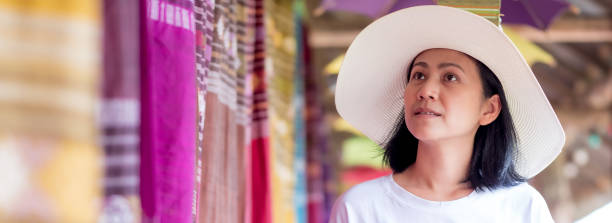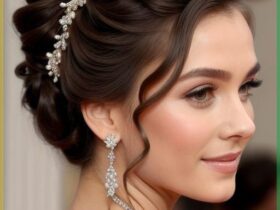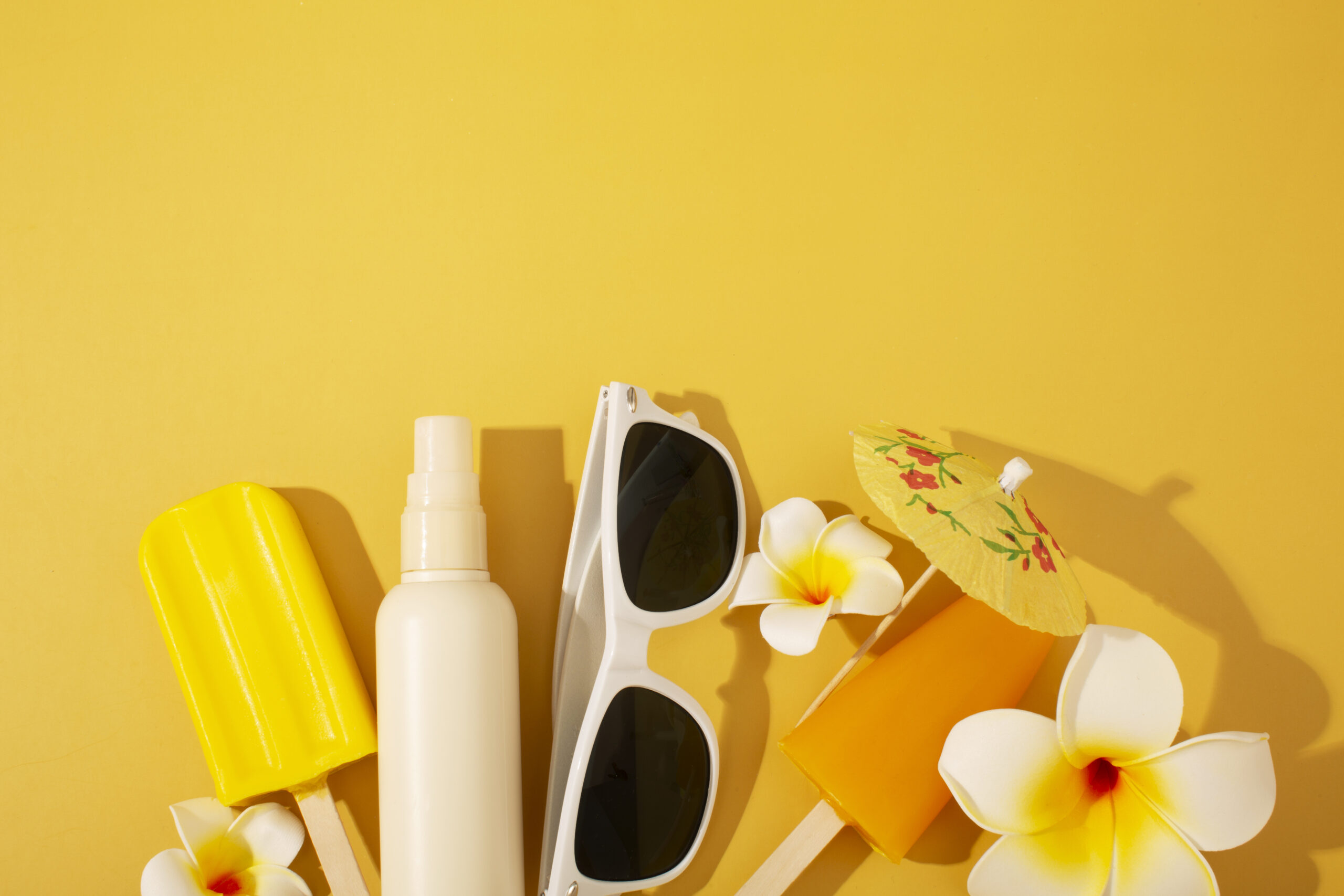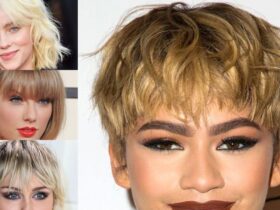The shift in luxury fashion is here to stay, and it’s changing the industry in ways we’ve never seen before. Luxury fashion is undergoing a profound transformation. Consumers today are more informed than ever, and they’re demanding brands that align with their values.
The Rise of Sustainable Materials
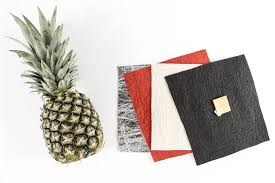
The materials used in luxury fashion are undergoing a revolution. Mushroom leather (Mylo), Piñatex (pineapple fiber), and lab-grown silk are some of the exciting options that are making waves.
A great example of this shift is Hermès, a brand historically associated with premium leather goods, which is exploring mushroom leather for its sustainability benefits. Meanwhile, brands like Gucci and Stella McCartney have already embraced recycled materials like nylon and polyester, proving that sustainability is no longer just a trend—it’s a necessity. These sustainable materials are no longer niche; they’re becoming a cornerstone of the luxury fashion world.
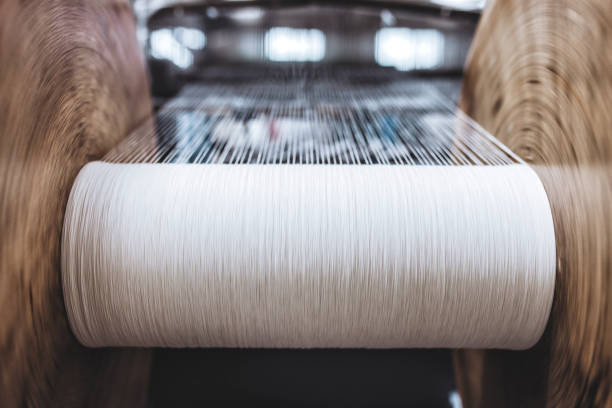
Beyond the Fabric: Sustainability in Production
Fashion houses are increasingly adopting processes that minimize environmental impact. For example, Prada has committed to using only recycled nylon in its collections, while LVMH has set an ambitious goal to reduce its carbon emissions by 55% by 2030.
One of the most exciting developments is the use of blockchain technology to ensure transparency in the supply chain. Brands like Chanel and Burberry are using blockchain to allow consumers to trace the journey of their purchases, ensuring every item is produced ethically, from raw material sourcing to final product. This technological innovation is part of the shift in luxury fashion, which is moving toward complete transparency and accountability.
The Conscious Luxury Shopper
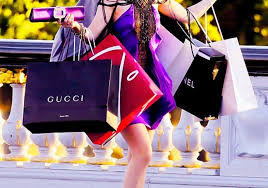
Today’s luxury shopper is not just looking for the best product—they want the best product with a purpose. According to a recent report by McKinsey & Company, nearly 60% of luxury consumers under 40 now consider sustainability a key factor in their purchasing decisions.
Brands are responding by embracing these values. Take Stella McCartney, for example, whose entire brand philosophy revolves around sustainability. McCartney has long been a leader in using alternative materials, ensuring her designs are both luxurious and eco-friendly. This shift reflects a larger movement toward conscious consumerism, where shoppers no longer just want exclusivity—they want to feel good about their purchases.
Circular Fashion: A New Era of Luxury
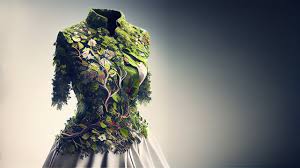
Circular fashion is another exciting concept gaining traction in luxury. The idea is simple: luxury should be sustainable, long-lasting, and capable of being repaired, recycled, or repurposed. Brands like Patagonia and resale platforms like The RealReal are leading the charge by offering repair services.
The Future of Luxury Fashion
Brands started to adopt eco-friendly practices and push the boundaries of creativity. Luxury will no longer be just a symbol of wealth—it will be a symbol of responsibility. The luxury of tomorrow is one that’s made with care for the planet, its people, and future generations.
Read More | Trendy Handbags 2025: Styles, Trends, and Buying Tips
Read More | Ditch the Skinny Jeans! Women’s Bottom Trends 2025
